Top 5 types of curd setters in the market
In many homes, the food on their plates is incomplete without the milk derivative called ‘curd’. Since ancient times, curd follows a traditional way of being developed by fermentation. And although the thought behind ‘who discovered curd for the first time’ is still quite vague, many say that it might have been accidentally discovered in one of the agricultural civilizations where milk was stored in earthen pots or animal skin pouches. But who cares about the origins, as long as you have a delicious lump of this creamy white dish to accompany your food, right?
Curd – A Childhood Fantasy
Curd finds a huge fan following among elders and children alike. While a lot of children turn away their faces when offered a glass of milk, they love it in the form of curd. Even the fabled Lord Krishna is famous for his love for ‘Dahi and Makkan’ (curd and butter) and known to have run away from milk!
Hence, it is quite common that ‘curd’ reminds one of their childhood memories – of women churning curd to make ‘sweet lassi’ or mothers keeping aside milk with a hint of yogurt for making curd, just before going to bed. It seems like a miracle to see milk turn to curd overnight.
And as we grew up, curd became a vital part of not just our diet, but also our syllabus! Yes, curd is the quintessential example that teachers in primary schools use to teach kids about the good and harmful bacteria, and the process of fermentation.
The Formation of Curd – A Meticulous Process
Nowadays, packaged curd is readily available in the market. Yet, a lot of homes prefer to ferment and make curd on their own. And why not, the consistency and taste of homemade curd are worth the effort.
Curd setting is a hassle-free process that needs a bit of patience and pre-planning. And the only ingredients required are milk and something to ferment it like a piece of chill or curd itself.
Surprisingly, the kind of curd you wake up to the next day depends as much on the container you’ve used to ferment it as it depends on the milk being used. While one type of container can give you the best curd you’ve ever tasted, a different model can turn it sour and ruin it altogether. So, let’s find out about what types of curd setters are available in the market and what makes them different from each other.
Form and Function – the two words Ellementry abides by
The ‘Design Messiah’, Ellementry, has decided to take over your headache of travelling to places to get your kitchen a curd setter, that not only looks great but also is genuinely efficient. Our motto of ‘form and function’ has enabled us to bring in the most sustainable, traditional and yet very modern functioning type of materials and designs for a curd setter that adds to the beauty of your kitchen.
Terracotta Curd Setter with Wooden Lid
Traditionally, earthen pots were used as curd setters, and, thus, this terracotta curd setter comes with all the benefits of an earthen pot and more.
This container is alkaline and porous making it a perfect home for bacteria to work their magic. It even soaks in the excess water thus giving your curd the ideal consistency.
Natural Terracotta Curd Setter – Bestseller!
Another design by Ellementry, this natural handcrafted terracotta curd setter is easy to clean and quite minimalistic. It can even make its way safely into microwaves and ovens. Having all the functionalities of an excellent curd setter – alkaline and porous – it ensures that you get a delicious, wholesome serving of curd. It’s mid-sized and has a capacity of 600 ml.
Mitticool’s - Earthen Clay Curd Pot
This earthen clay pot is made of 100 percent natural clay as raw material. You can store curd for three to four days in this clay pot, and it comes with a traditional and graceful look. This clay pot houses 1.5 kilograms of curd and is thus fit for preparing curd in a large quantity.
300 ml Natural Terracotta Curd Setter
At the price of just Rs 500, this handcrafted natural curd setter is perfect for smaller but exquisite looking homes. It is natural and thus very safe, along with the efficiency of terracotta, giving the curd an ideal environment for fermentation. When brought home, all it needs is to be soaked in water overnight and voila! it’s ready to be used.
Clay Dahi Handi by Organic Clay Crafts
It can hold a capacity of 1 Kilogram of curd and comes with the natural goodness of clay. It can be used on gas stoves and comes in a typical ‘brown’ color.
Terracotta, clay or metals – which is the best for curd setting?
Metals are a great mismatch when it comes to setting curd. As curd is a bit acidic, it reacts with the metal and forms toxins, turning sour. Curd setting was initially done in earthen pots, and hence clay pots are also an alternative. But a more refined form of that is ‘terracotta’. Terracotta is ‘fired clay’ or a processed type of clay, and hence, it gives a more modern look while being natural, sustainable and owning other benefits of clay. It is also more porous and thus a perfect match for curd-setters!












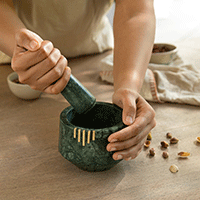



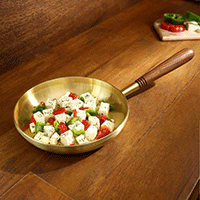












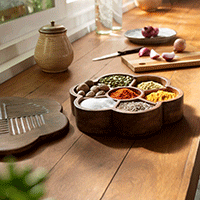





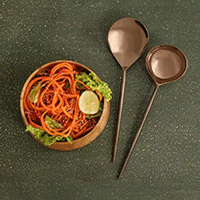







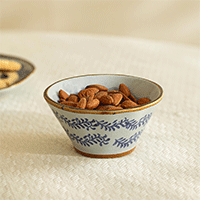


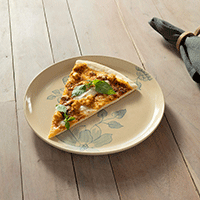




























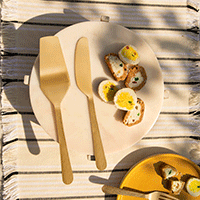
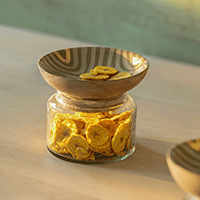






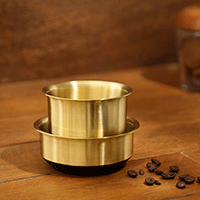





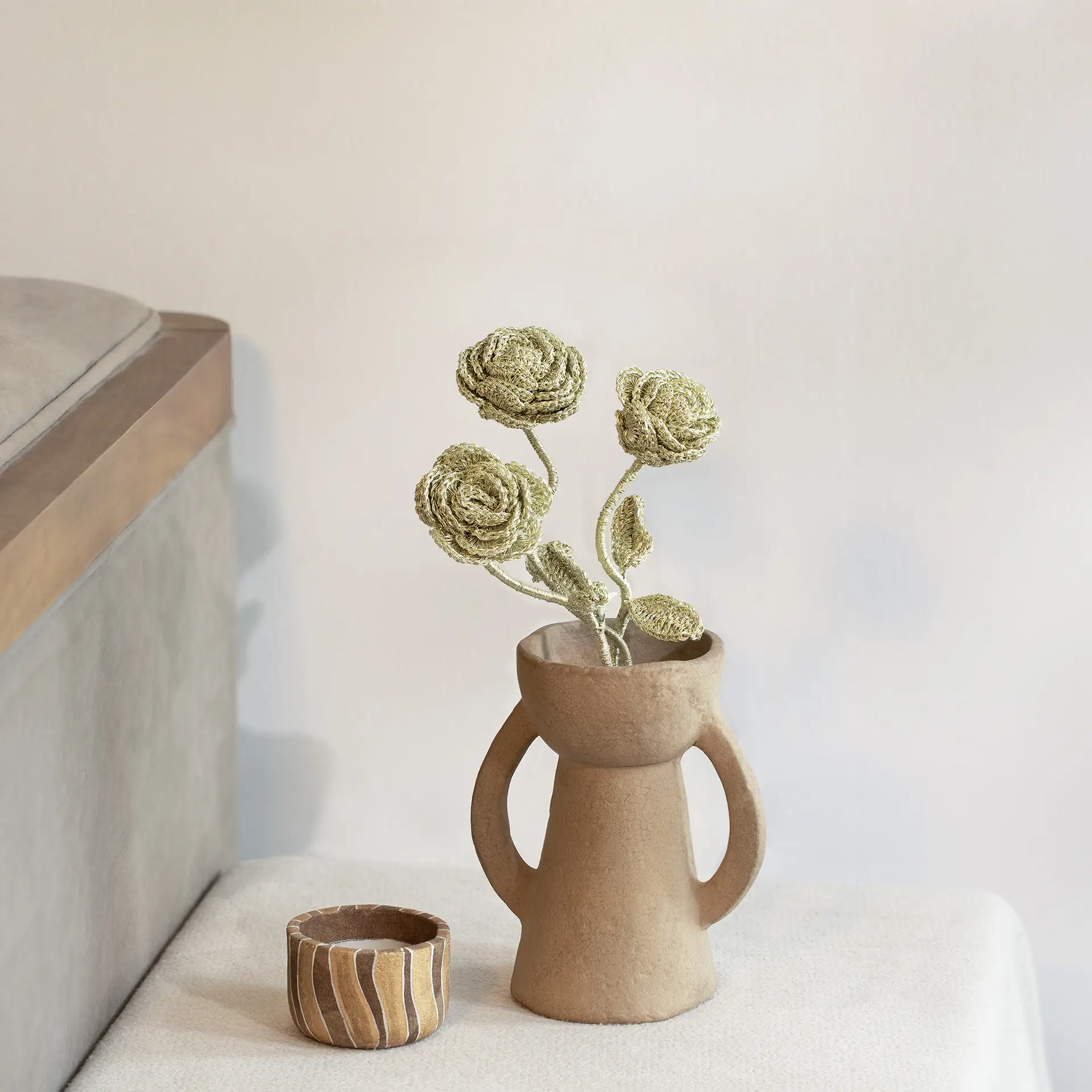

























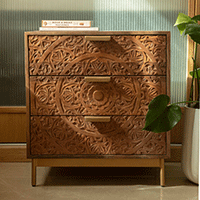

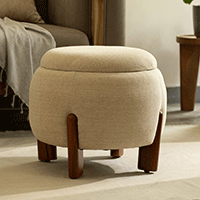














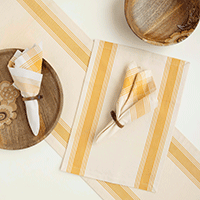





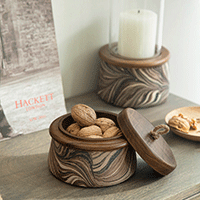




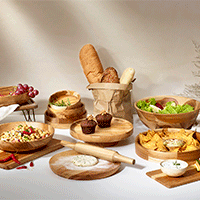
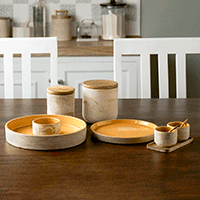

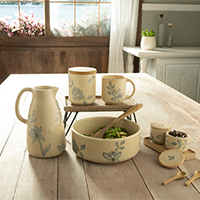


















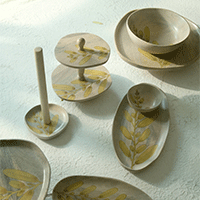

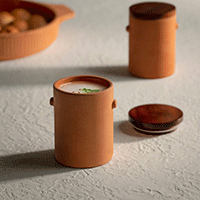




















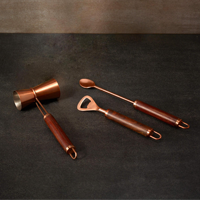















 easy returns
easy returns safe & secure
safe & secure hand crafted
hand crafted
